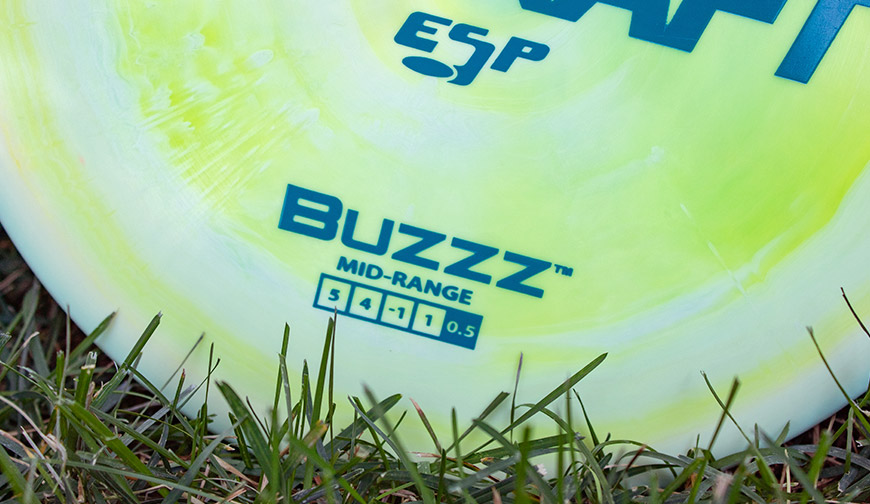As you start playing disc golf and discover the hundreds of disc options available to you, it is easy to become overwhelmed by all of the choices. That may lead to buying discs that will end up being unusable at your current skill level, which is costly and frustrating. This guide will help you navigate the choices available, and specifically let you know why you need one type of disc: The midrange.
As you may have read in a previous article, beginners would be better off if they start with lower speed discs like a putter and a midrange. The putter and midrange will get better distance and are easier to control than higher speed discs. Plus, they will help you avoid bad habits that develop while trying to get a higher speed disc to fly far.
East of Throwing
Since discs with higher speed ratings require a lot of skill and timing to throw properly, the best discs for beginners are lower speed discs such as putters and midrange discs. Since they don’t require as much skill to throw, beginners will find that they can throw a midrange as far or farther than high-speed drivers. Plus they avoid the possible bad habits that can plague disc golfers when they try to force a driver to flight farther
The size of its rim is another plus for midrange discs. Beginners will find it easy to grip and throw a mid because the rim is much smaller than a high-speed driver. Young players and people with small hands can still hold the mid with a proper grip, while a wider rimmed disc may be impossible to grip.
After playing for a while and getting a lot of throws in, you’ll find that your confidence and skill levels are increasing, which will help as you move to higher speed discs. Even after you move to throwing drivers you’ll find times where a midrange is necessary. You’ll easily be able to move down in speed to a mid because of the practice you got when you first started throwing a midrange.
Variety of Shots

Another beautiful quality of a midrange disc is its use in a variety of different shots. They can hold the line and angle that you put it on, which makes it easy to shape your shot to avoid obstacles and hazards. Whether you’re driving off the tee or throwing an approach shot, the midrange is a versatile and easy to throw.
Another benefit to a midrange disc is the shape of its rim. Because the rim is smaller and angled different than drivers, they don’t have the big skip that you find on discs with wider rims. That can help reduce the ground action. That helps your approach shots be more accurate.
The midrange disc can also be used as a flick disc (forehand or sidearm shot). That makes it easier to finish with a fade to the right, rather than shaping the shot with a backhand throw.
Different Stabilities
Even though midrange discs have a slower speeds, they still come in a variety of stabilities. Some are very overstable and will fight headwinds and fade hard.
Others are understable and will get a nice turn to the right before fading softly to the left. Others are very straight flying and will only go left or right if thrown on that angle. And even though they have differing stabilities, they all have the easy to grip rim and slow speed.
Conclusion
Midrange discs fill the gap between putters and drivers. They are easy to throw because of their low speed and easy to hold rim. For beginners, throwing a midrange is a great way to develop good form and technique. Get a couple midrange discs and start playing today!

